Pygmy Yellowtail Angelfish
$23.99
-
Select Variant
The smallest species of the Centropyge genus The Pygmy Yellowtail Angelfish rarely grows to more than two inches. Also called the Royal Blue Fish, Damsel Angelfish, Whitetail Pygmy Angelfish or Pygmy Yellowfin, and the Pygmy Yellowtail Angelfish, its body and face are mostly blue while its Caudal Fin is white. It needs a 55-gallon or larger tank that has plenty of hiding places as well as large quantities of live rock that can be used to feed on microalgae. A poor reef dweller The Pygmy Yellowtail Angelfish is prone to nibble at soft and stony corals (sessile invertebrates) and mantles of clams. It is very aggressive and can kill the other Dwarf Angels, and harass any gentle fish.
Males and females may be kept together. The Pygmy Yellowtail Angelfish may be kept in aquariums for breeding and has no distinct traits that differentiate males and females.
Their food should include Spirulina as well as marine algae. premium angelfish products mysis shrimps, as well as other meaty foods.
Approximate Purchase Size: Small: 1/2" to 1"; Medium: 1" to 2"; Large: 2" to 3"
- Description
- Additional Information
- Reviews
General information on the Pygmy Yellowtail Angelfish
Diet & Nutrition
As an omnivore, the Pygmy Yellowtail Angelfish requires a diet rich in Spirulina and marine algae, supplemented with high-quality angelfish preparations containing sponge matter, brine fortified with shrimp, mysis, and other meaty foods. It is crucial to feed them twice daily for optimal health.Origin
The presence of this species is evident in the wild is evident from East Africa, east to the Philippines from south towards Southern Japan, and south to the Great Barrier Reef in Australia.LINKS:
size
Large, Medium, Small
Units
1
Weight
6 lbs
Dimensions
1 × 1 × 1 in

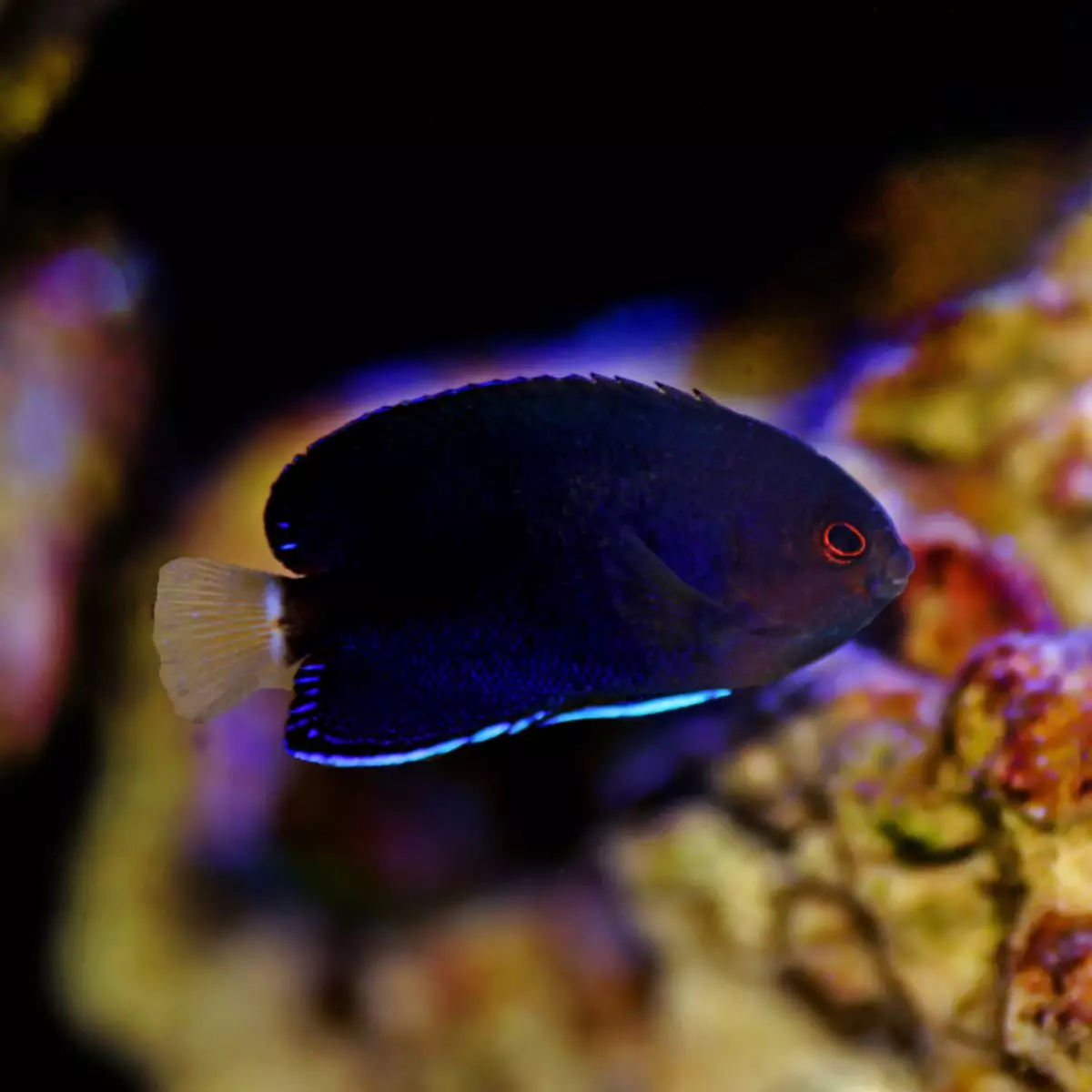
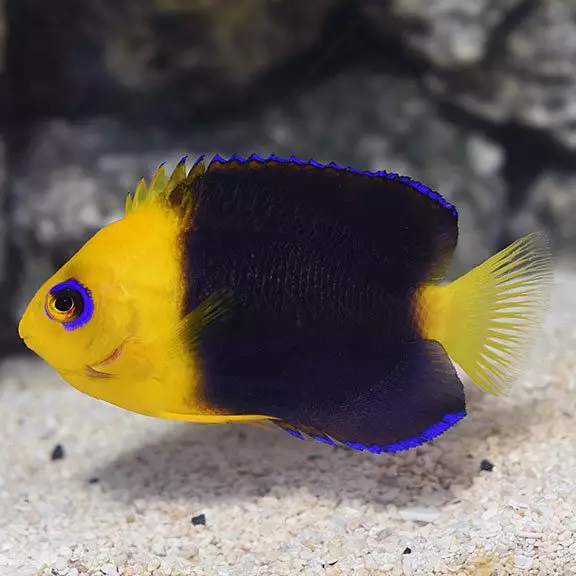
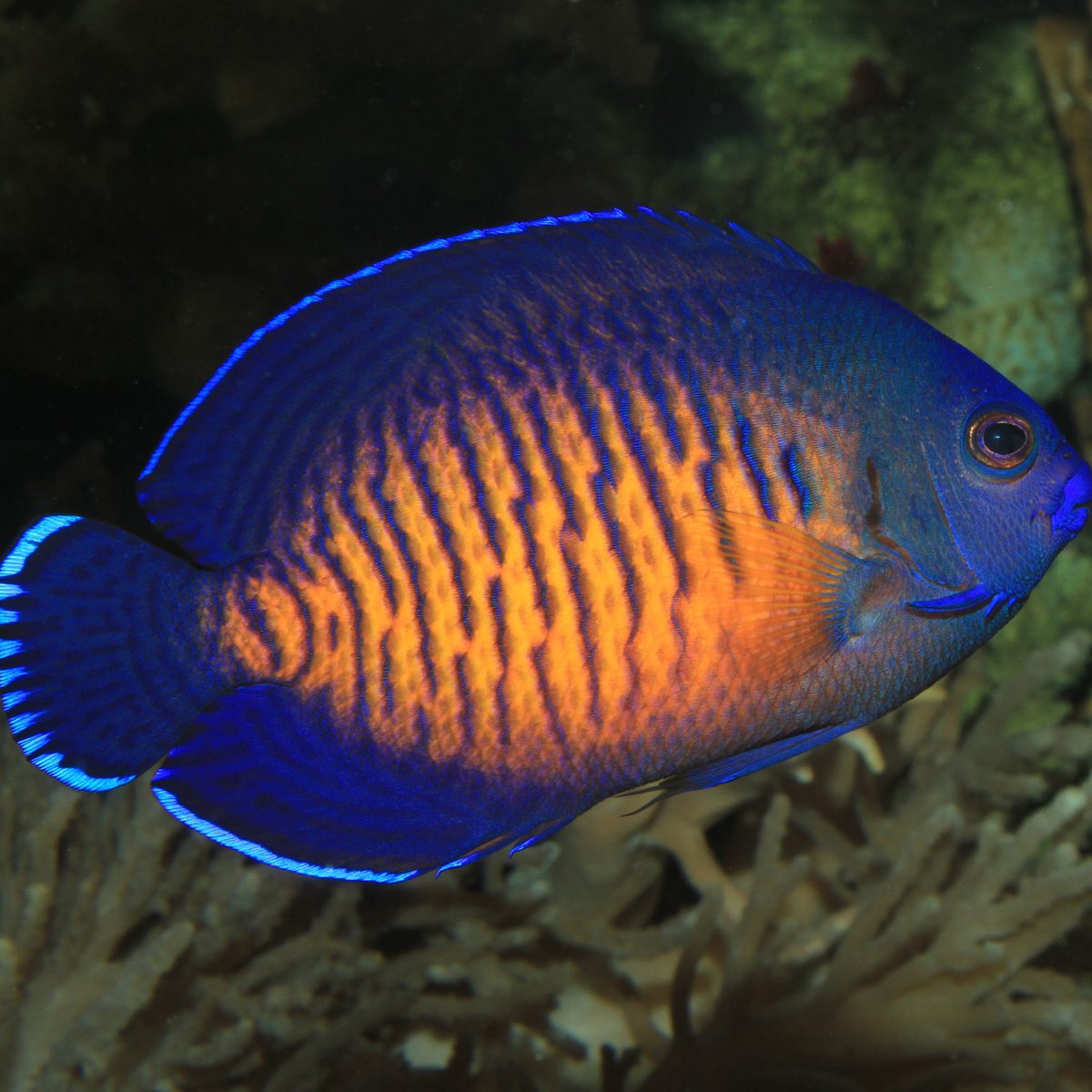
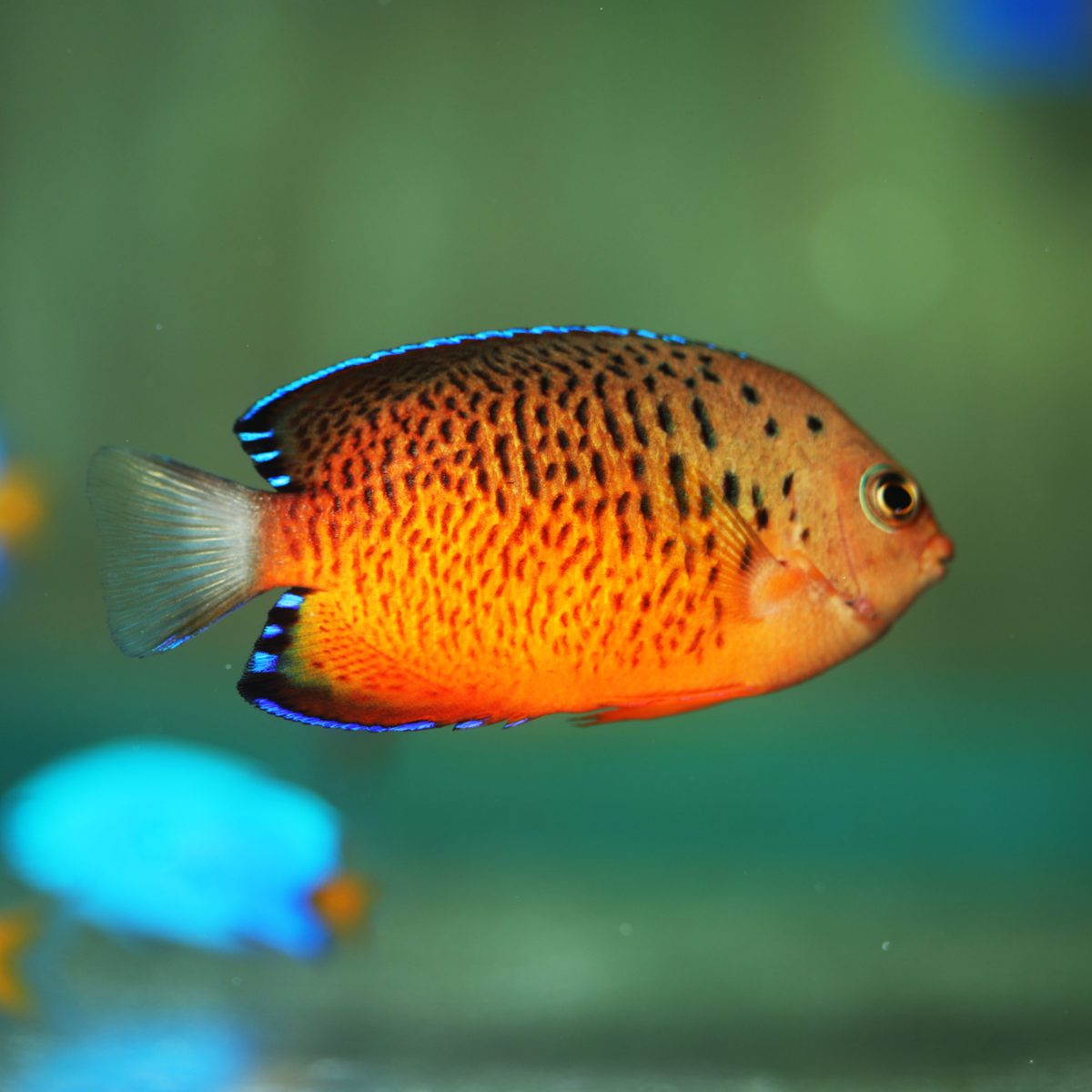
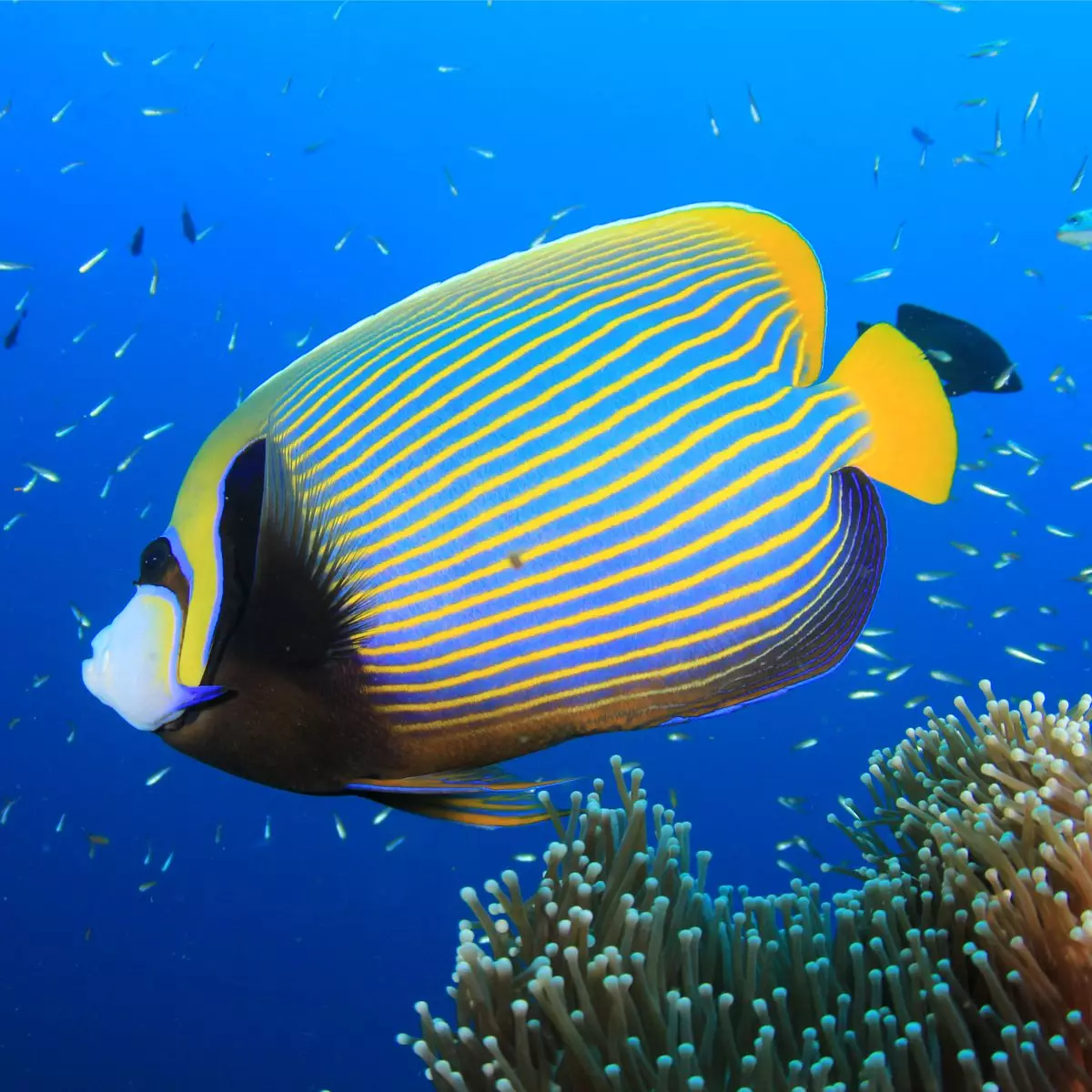
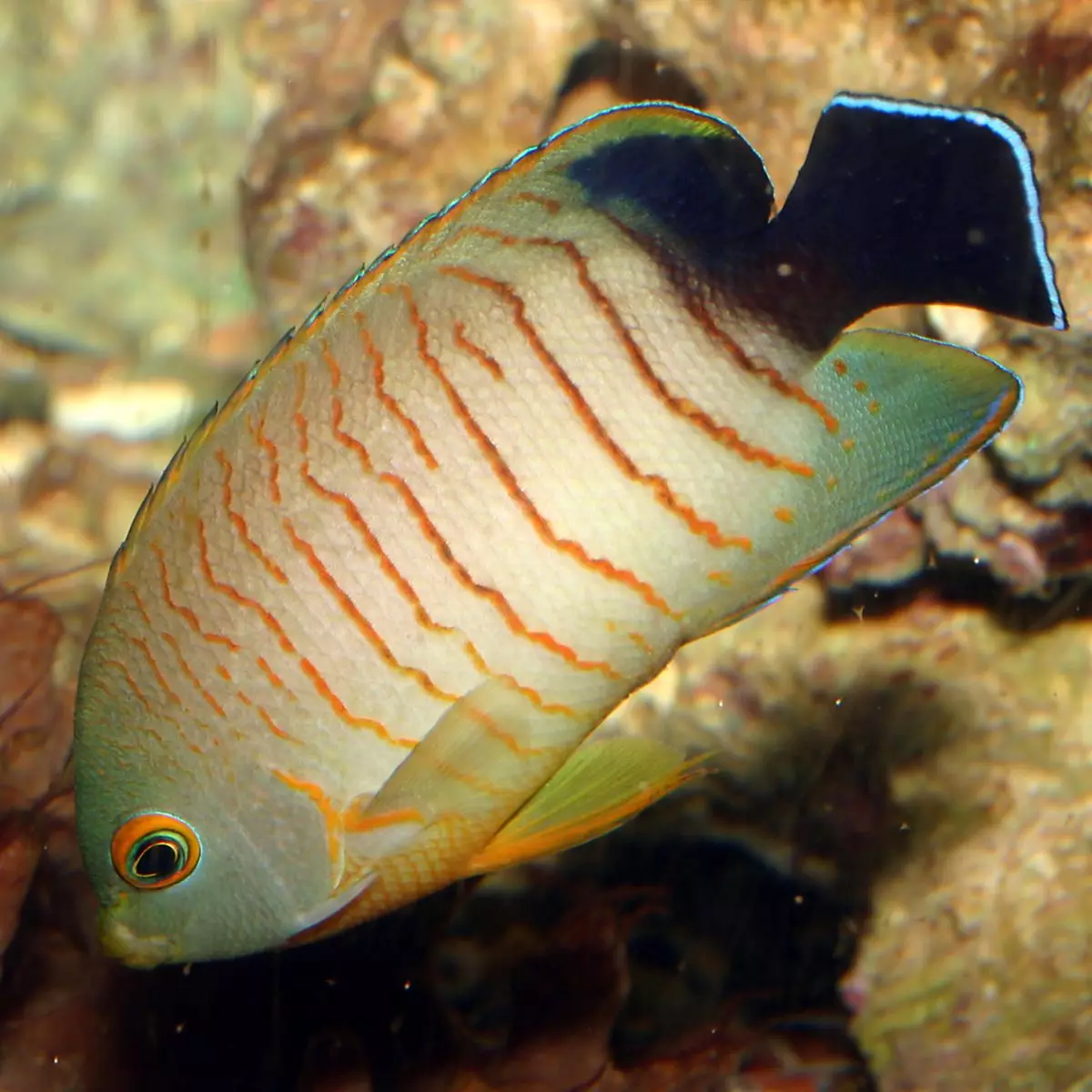
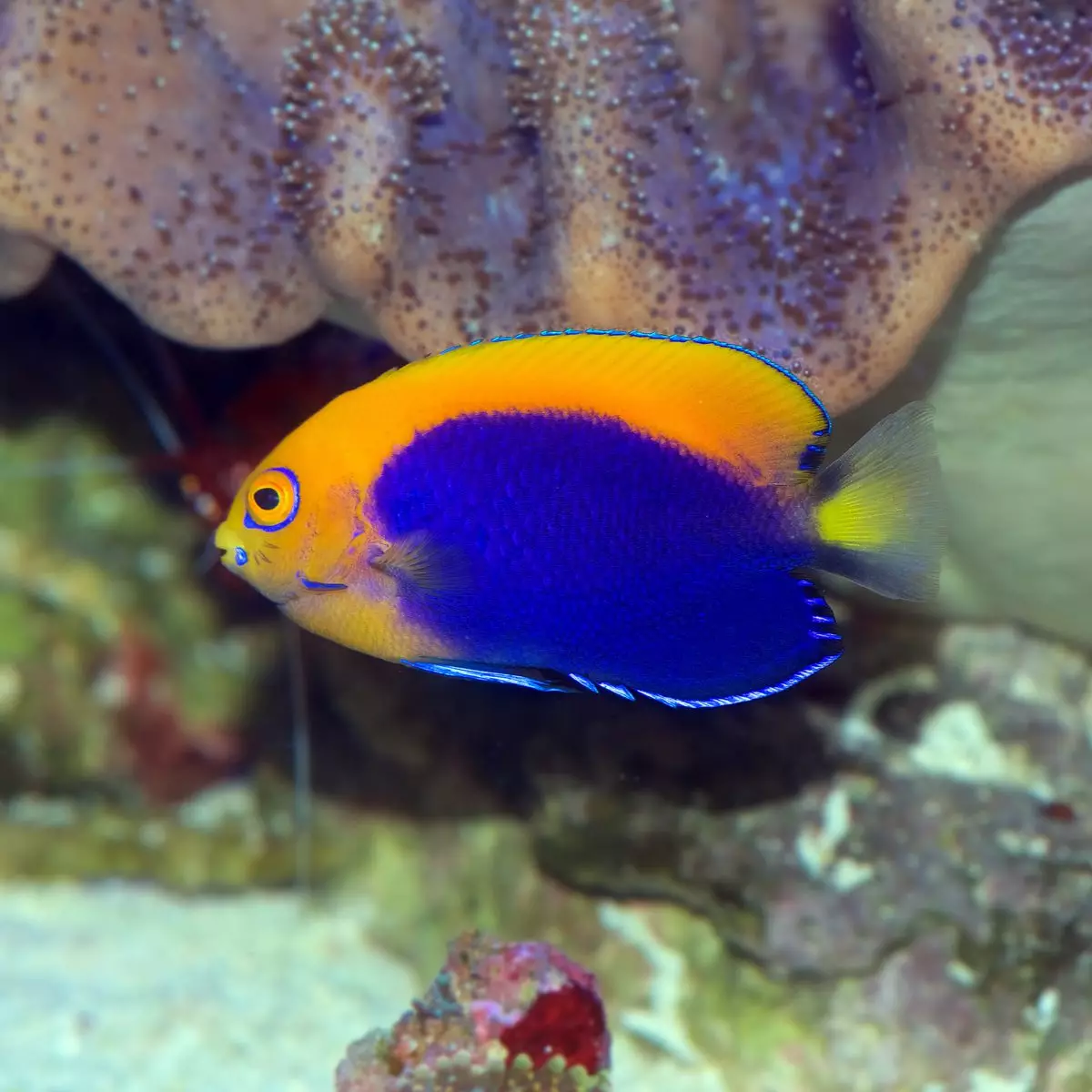
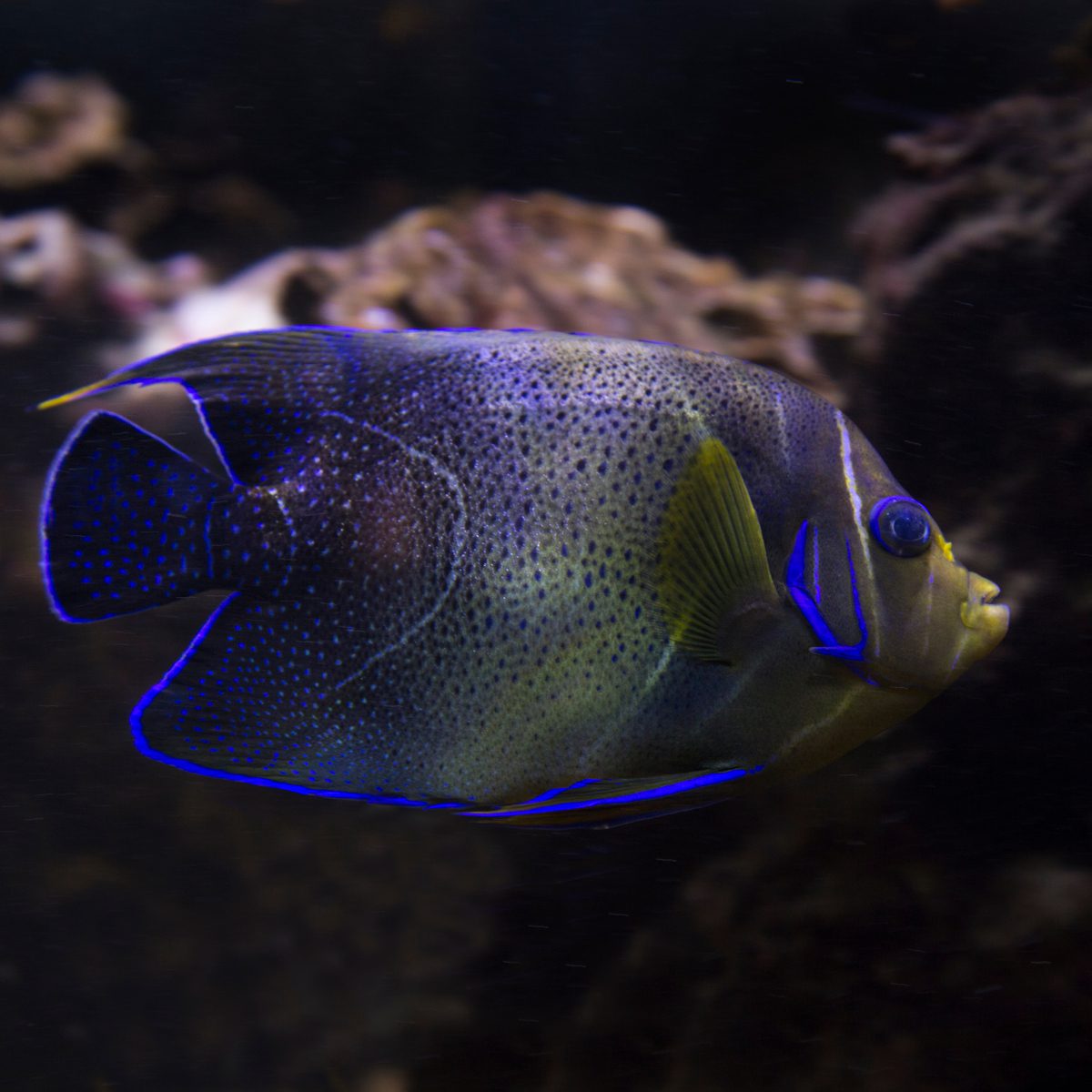
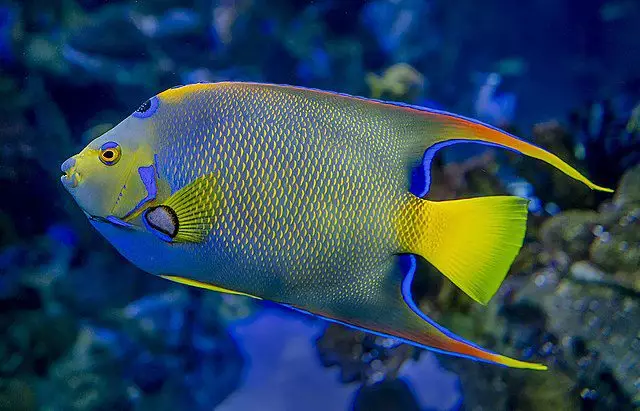

Reviews
There are no reviews yet.